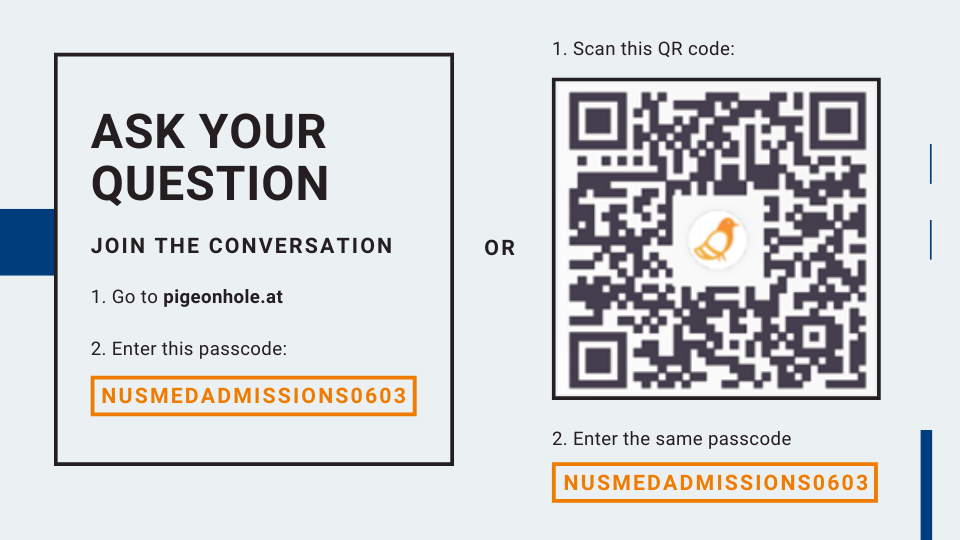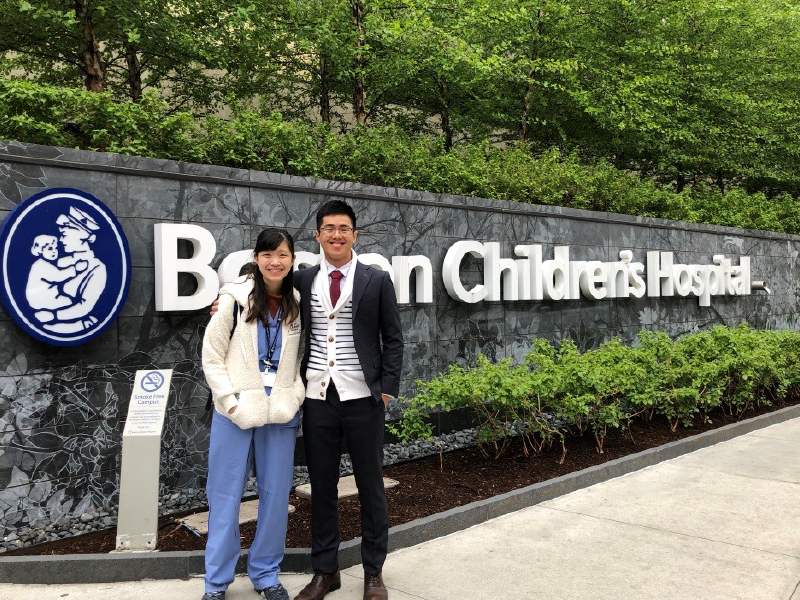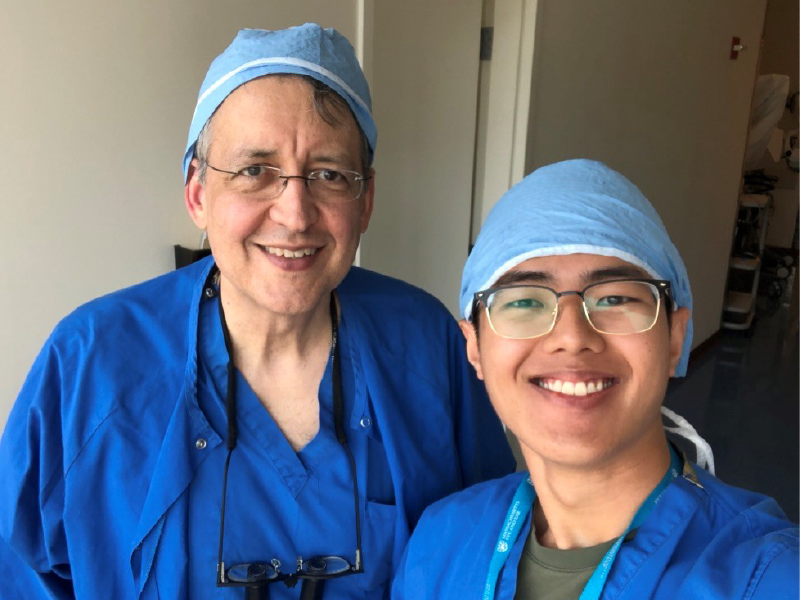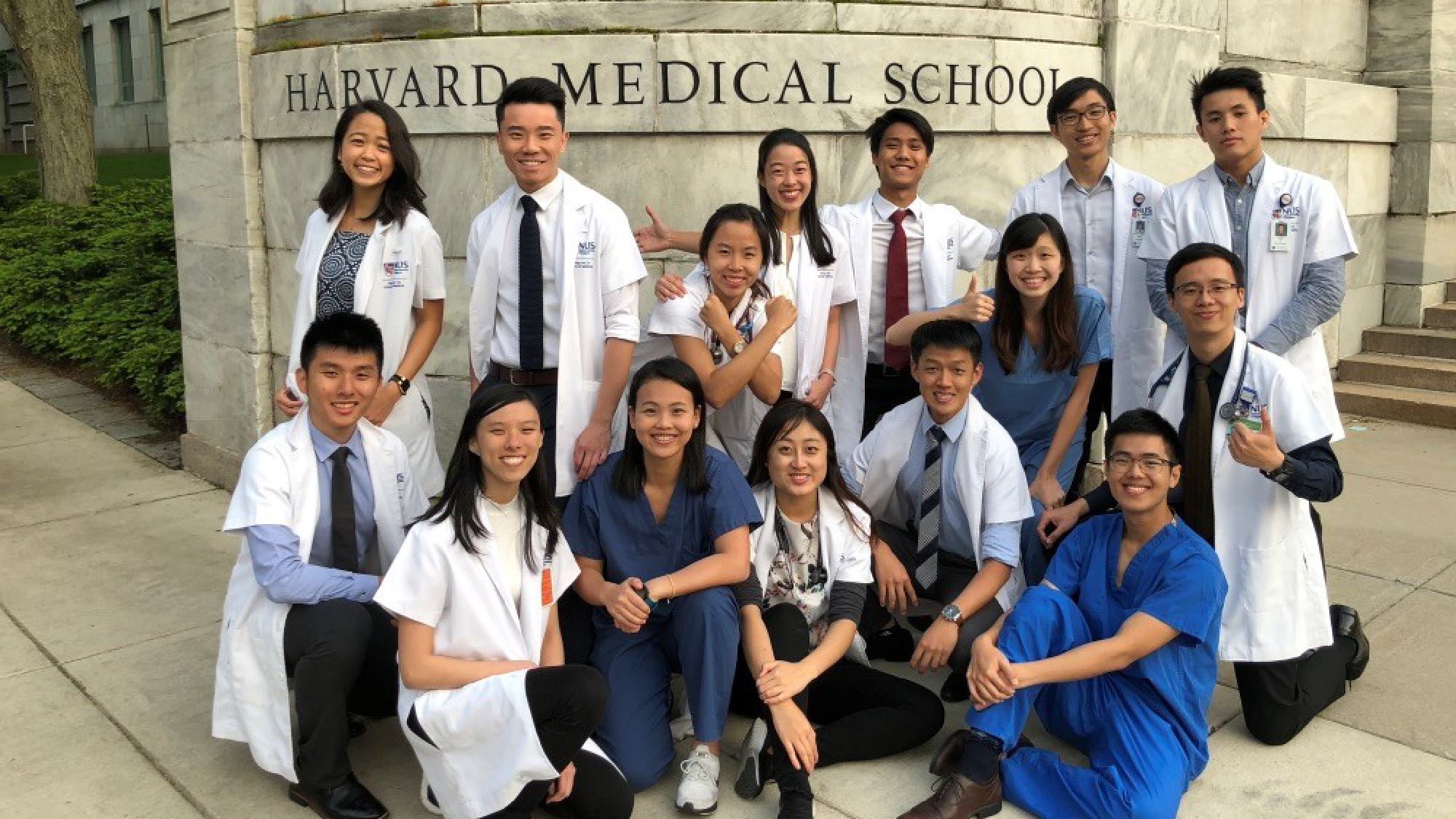Harvard Experience

— The Dream —
I remember googling the world university rankings for medicine many years back. Harvard turned up the top. Ah what a waste. I could never study medicine in the United States of America (USA); their system is different from Singapore’s.
Ever since then, I’ve left my Harvard dream unfulfilled. So imagine my excitement when I got news that I was going on an exchange to Harvard medical school! With 14 other capable people, in fact. It was going to be fun. Especially since we would be living together in one house, 15 people sharing three toilets.
By Lim Sheng Yang
Phase IV Medicine student
Phase 4 student Lim Sheng Yang looks back on his month’s elective module in Boston.
The Journey
The journey to the USA was difficult. Right from the beginning, lots of paper work had to be settled. Three of us were even rejected a month prior to our flight due to administrative miscommunications. Thankfully, we all eventually made it there: I got a Paediatric Ophthalmology posting at Boston Children’s Hospital.
The House
Living with 15 people surprisingly went without a hitch. We shared 4 bedrooms and 3 bathrooms (which were often pushed to the limits of acceptable hygiene standards before one of us bit the bullet and cleaned it).
Before we arrived, we were all concerned if relations would be soured by clashes in bathroom schedules and arguments over the limited resources available. We imagined many possible situations – a long queue of people showering for work, before sleep; fighting to use the washing machine, ironing board; clamoring to use the pots and pans. We were all ready to sit down and discuss allocated slots for amenities and chores. Unfortunately, the hectic first few days, paired with jet lag, meant the cancellation of those plans.
It was thus incredibly satisfying to see everything fall into place. Our reporting time spanned 5am to 9am, which meant there was always a free bathroom whenever one needed it. The standard deviation for dinner time was also large, from 5pm to 11pm. Pots and pans were washed and ready for the next person almost as soon as a meal was completed. It was a sight to behold.
The Food
A month in the USA also meant getting used to American food. Or not. Many of us decided to let our inner chefs out for the first time. There were many hilarious moments, including accidentally cooking enough macaroni and cheese for 16 people when we meant to cook for four. Eventually we moved from safer foods like spaghetti to more adventurous ones like steak. Portions went quickly, as we impressed ourselves with what we had whipped up.
We had planned to exercise daily to keep fit but our discovery of cooking threw a wrench in the works. The only comforting thought was that we could tell others we became more ‘American’ after a month, at least in terms of our average weight.
The Adventures
All work and no play makes Jack a dull boy. Weekends were our time to enjoy ourselves. We had three weekends planned, and one long weekend which coincided with Memorial Day. This is against the backdrop of some of us needing to stay for one weekend call per week (Given Harvard Medical School’s high standards).
One weekend, a group of us headed to hike White Mountains to get our much-needed dose of sunlight and exercise. Not knowing the hiking standards in the area, we had specifically chosen the easiest of trails. Despite the effort, we were still wiped out by the two tiring climbs that day, though we left with our hearts full and the amazing summer scenery etched in our minds.
On another weekend, we headed to Vermont, to fully immerse ourselves in nature; an experience that is far removed from Singapore. In the countryside, we had the amazing privilege of riding through the forest on horseback and visiting farms and cheese factories – a much-welcomed respite from the hustle and bustle of Boston city life.
It was interesting to be exposed to different expectations of time in the States. A drive of fewer than four hours’ duration is regarded as ‘short’ and easily accessible whereas in Singapore, any place that requires a travel time of more than an hour is declared ‘out of the way’. Driving on the other side of the road kept us on our toes because the mind does naturally slip back into Singaporean driver’s mode when the roads are clearer.
The Healthcare
The pilgrimage to the United States was eye-opening. First and foremost because I was attached to ophthalmology (no pun intended), but also because of the great differences between our systems.
Being at the best children’s hospital in the US gave us better insights into various aspects that make up a healthcare system. While both systems have their strengths and weaknesses, the experience allowed us to further appreciate Singapore’s hospitals.

At the gates of Boston Children’s Hospital
We saw how technology can play an important part in healthcare, from online video translators to games for kids while removing their casts. Telehealth applied in all its splendor, allowing doctor consults to be conducted across 24 different geographic zones. The use of robotics for precise movements and incisions in surgery was a sight to behold as well.
One of the greatest differences would be the degree of healthcare freedom. The US ranks high on the healthcare freedom scale. Singapore ranks lower. As a result, new therapies can be used in practice in the US as soon as FDA approval is received. Meanwhile, the journey from bench to bedside takes a longer path in Singapore. A new therapy would have to be in use abroad for at least half a decade before is introduced in Singapore. However, hospitals in the US have to individually negotiate agreements with pharmaceutical and insurance companies. This significantly raises the cost of healthcare despite broadening the range of treatments available.
It was also disconcerting to see the power that insurance companies hold over healthcare in USA. One of the patients was restricted to five follow-ups with the ophthalmologist. Anything beyond that would not be funded. It appeared to be an arbitrary limit placed on decisions that should have been under the purview of specialists. It seemed to affect the quality of healthcare provided.
The Patients
Though diseases were similar, the patients that they afflict were vastly different. Besides the clinically relevant disease demographics and genetics, it was refreshing to observe the social norms from patient interactions.
Patients were incredibly friendly, and always welcoming when they heard I was an exchange student from Singapore. This was then followed by genuine interest in our country and education. These encounters would end with warm well wishes when they realised I have a final exam coming up.
In Paediatric Ophthalmology, I also had the privilege of observing the weird and wonderful – rare genetic conditions. As medical students, we are often excited to see rare diseases, but it is important to step back and consider the impact such conditions have on families. Such conditions often accompany a child, and their family, from cradle to grave. It is in this setting that I saw incredible love and resilience of the human spirit, with parents driving hours to seek medical treatment and continuing to shower their children with warmth and attention despite the obvious fatigue. All while holding out hope for the chance of a cure.
The Research
Research was also heavily emphasized throughout the hospitals. A typical day in the clinic would see no fewer than three patients being enrolled in new clinical trials. Many of these trials were the first of their kind in the literature.
Some of the treatments used were interesting applications taken from another field. For instance, the use of Donepzeil in the treatment of amblyopia, because it has been shown to lower the threshold for stimulation of the brain.
Cross-field application, or the use of medicine off-label, always fascinates me. While the effects are intuitive when analysed from the perspective of mode of action, few actually consider the use of medications outside their indications.
The US’ graduate medical education system may have imbued its graduates with this perspective. Medical students typically have to study another major in their undergraduate years before being able to apply for medical school. Speaking to Harvard Medical School graduates in Boston then meant talking to physicians who were also trained scientists, biologists or even engineers! It is no wonder that lateral thinking and innovation are trademarks of the country.
The Mentors
I have been immensely blessed to be under the guidance of Dr David Hunter, a master surgeon and physician. He has constantly encouraged me to step up and step out by allowing me to be an integral part of the team. I was allowed to scrub-in for operations, throw knots and sutures in the operating room. Under his tutelage, I have also learnt that mastery is not attempting heroic procedures, but the consistent and precise practice of basic ones. Making sure to plan, check and be efficient. Also, to properly educate and partner the patients in their care.
He was one of the founding members of the department and has since brought it from strength to strength: the department today has a paediatric equivalent to every adult ophthalmology sub-specialty.
Even while juggling his many clinical and management responsibilities, Dr Hunter continued to push boundaries tirelessly. This culminated in a new device -‘Blinq’ – after 20 years of hard work that can provide automated screening for strabismus.

With the greatest mentor – Dr David Hunter

The Takeaway
One month goes by like the blink of an eye. Under the guidance of great mentors, I had the opportunity to practice surgery on porcine eyes and apply what I had learnt (in controlled conditions) in patients’ eyes.
I was fully immersed in another healthcare system, and from that, I see the strengths and weaknesses that lie in our own.
I had the great pleasure of touring theUSA with an amazing group of 15 classmates and having some laughs before final year commences.
I am thankful to have my long-time dream fulfilled. It is my hope to apply all that I have learnt back within the Singapore context and to continue learning from esteemed institutions around the world. With that said, it is time to face reality in Singapore once more – onward towards the final exams that so many have given me encouragement for.
